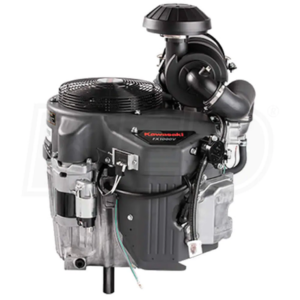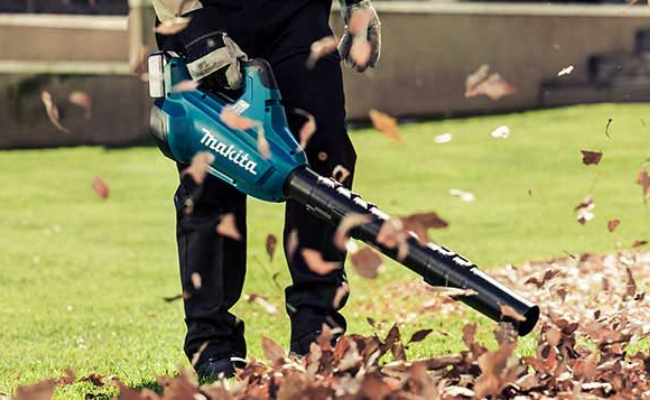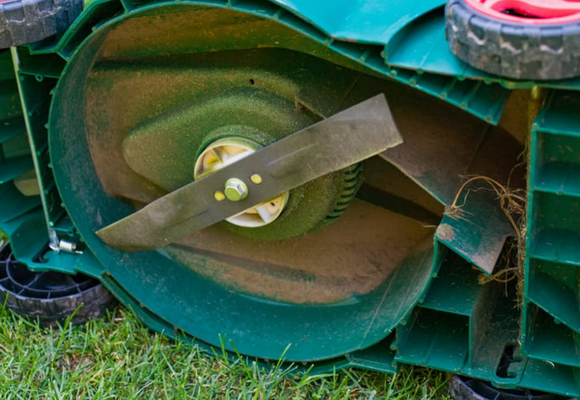Every winter, snow blowers are essential pieces of equipment for many homeowners. While there are certainly benefits to having snow blowers, it’s important to understand that they require maintenance and care to run properly.
One of the most important things you can do is make sure you drain the gas from your snow blower before winter sets in; if you don’t, you risk damaging your machine and making it unsafe to use. If you don’t drain the gas from your snow blower, this is what occurs.
What Happens If You Leave Gas In A Snow Blower?
Corrosion Inside The Engine
One of the main problems with leaving fuel in a snow blower over the winter is that it can cause corrosion inside the engine. This is because gasoline contains ethanol, which tends to attract moisture and then separate from the fuel as it sits idle.
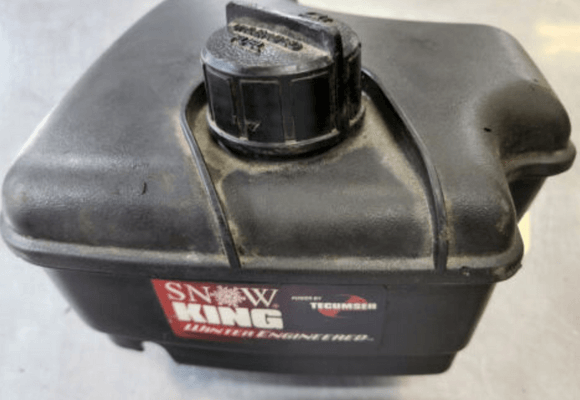
The moisture then finds its way into every nook and cranny of your engine, leading to rusting and oxidation. Over time, this corrosion can severely damage your engine and lead to costly repairs or even total replacement of the machine.
Vapor Buildup Inside The Tank
Another issue with leaving gas in a snow blower is that it increases the risk of fire or explosion due to vapor buildup inside the tank.
If enough vapor accumulates inside an enclosed space like a tank, it can create an explosive environment when exposed to open flames or sparks—such as those created by starting an engine—causing serious harm or injury.
Sediment Buildup
Finally, leaving gas in a snow blower over winter can also cause sediment buildup in both the fuel tank and engine components due to evaporation. As gas evaporates, heavier molecules remain behind and accumulate until eventually clogging up small passages inside your machine’s fuel system or carburetor.
This sediment buildup can impede performance significantly when you try using your machine again after several months of storage, leading to decreased efficiency and more frequent maintenance needs for your snow blower.
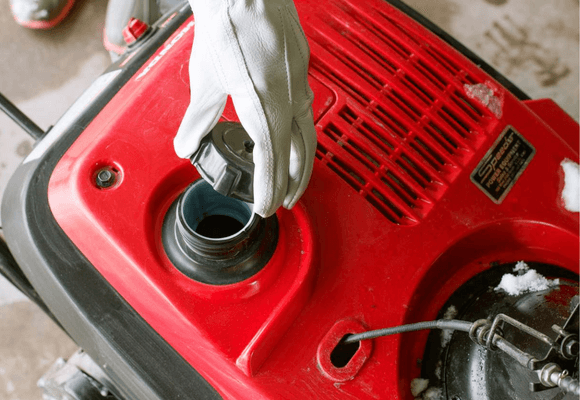
How much time may gas be left in a snow blower?
Gasoline has a limited shelf life, which means that you should not keep it in your snow blower for more than 3-4 months.
If left any longer, the fuel can start to break down and form varnish residue inside your fuel tank or carburetor, which can damage or clog up essential components of the engine over time. Additionally, the old gas will emit fumes that can corrode rubber seals and gaskets over time, leading to further damage down the road.
What Should I Do With My Snow Blower’s Gas Before Storing It?
The first step is to use up as much gasoline as possible before putting away your snow blower for storage. If there is still some gas left in the tank when you are done using it, make sure to add an approved fuel stabilizer before storage.
This helps slow down oxidation and keeps moisture from forming inside your fuel tank while also preventing gum and varnish build-up from forming on internal engine components during storage.
After adding the fuel stabilizer, run the engine until all of the stabilized gas has been used up—this should take about 5 minutes or so—and then shut off power and empty whatever remains in the tank before putting it away for storage.
It’s also recommended that you change out all air filters at least once per season as well as lubricate any exposed metal parts with oil before storage so that everything is running smoothly come wintertime.
Conclusion:
Knowing how to effectively store and maintain your snow blower during off-seasons is essential for keeping it running smoothly come wintertime again.
Specifically, be aware of what happens if you leave gas in a snow blower for too long; gasoline has a limited shelf life, and leaving it in too long can lead to oxidation, build-up of gum/varnish residues on internal components, corrosion of rubber seals/gaskets due to fumes emitted by old gas, among other issues.
To prevent these issues from occurring while storing your snowblower over the summer months, make sure all remaining gasoline is used up or drained before adding an approved fuel stabilizer and then running until stabilized fuel has been used up entirely; this process should take about 5 minutes or so depending on make/model of machine being stored away.
Done with this process, change out air filters once per season and lubricate metal parts with oil before storage each year! That way you can rest assured knowing that when cold weather hits again next year your trusty machine will be ready and waiting!
